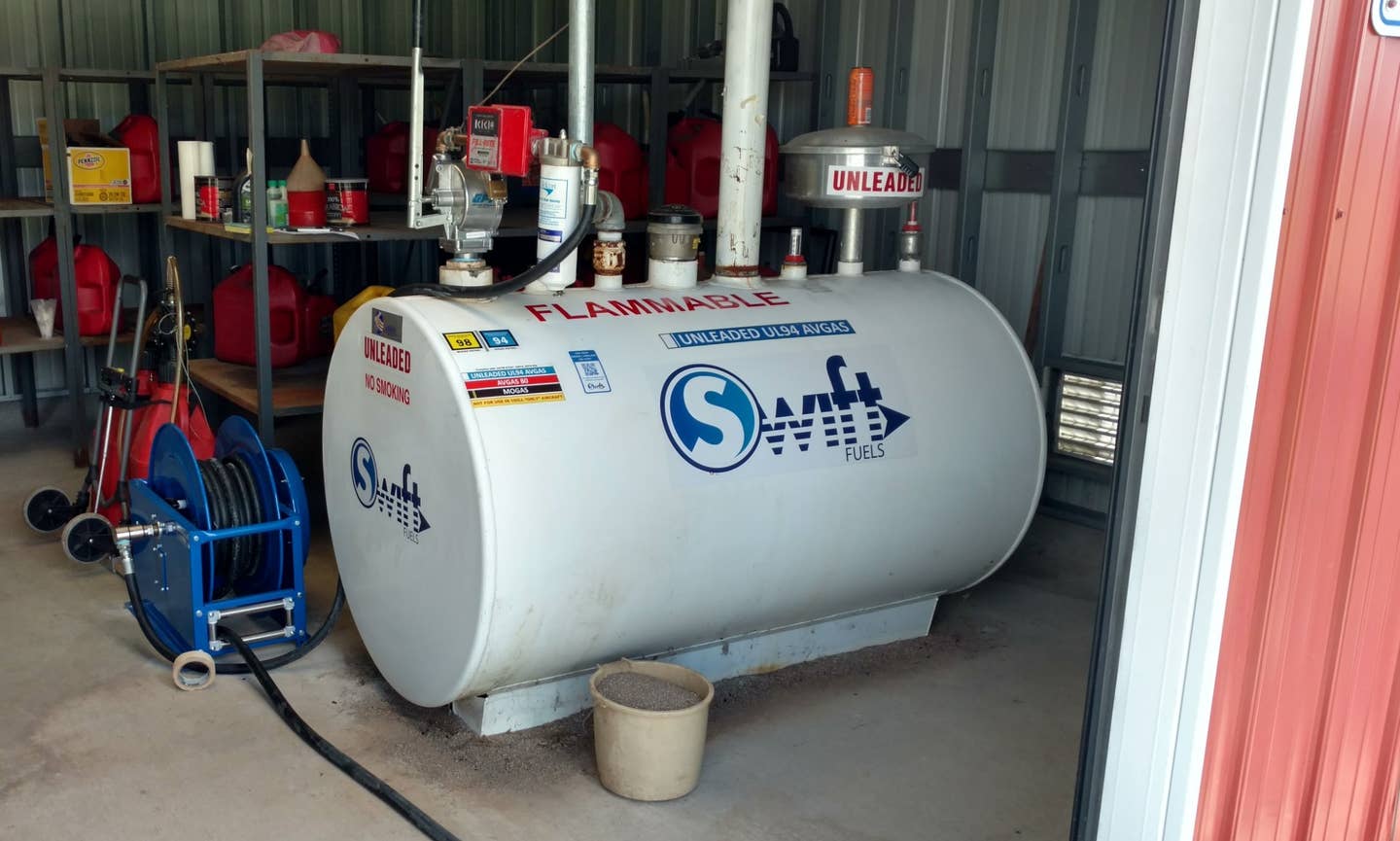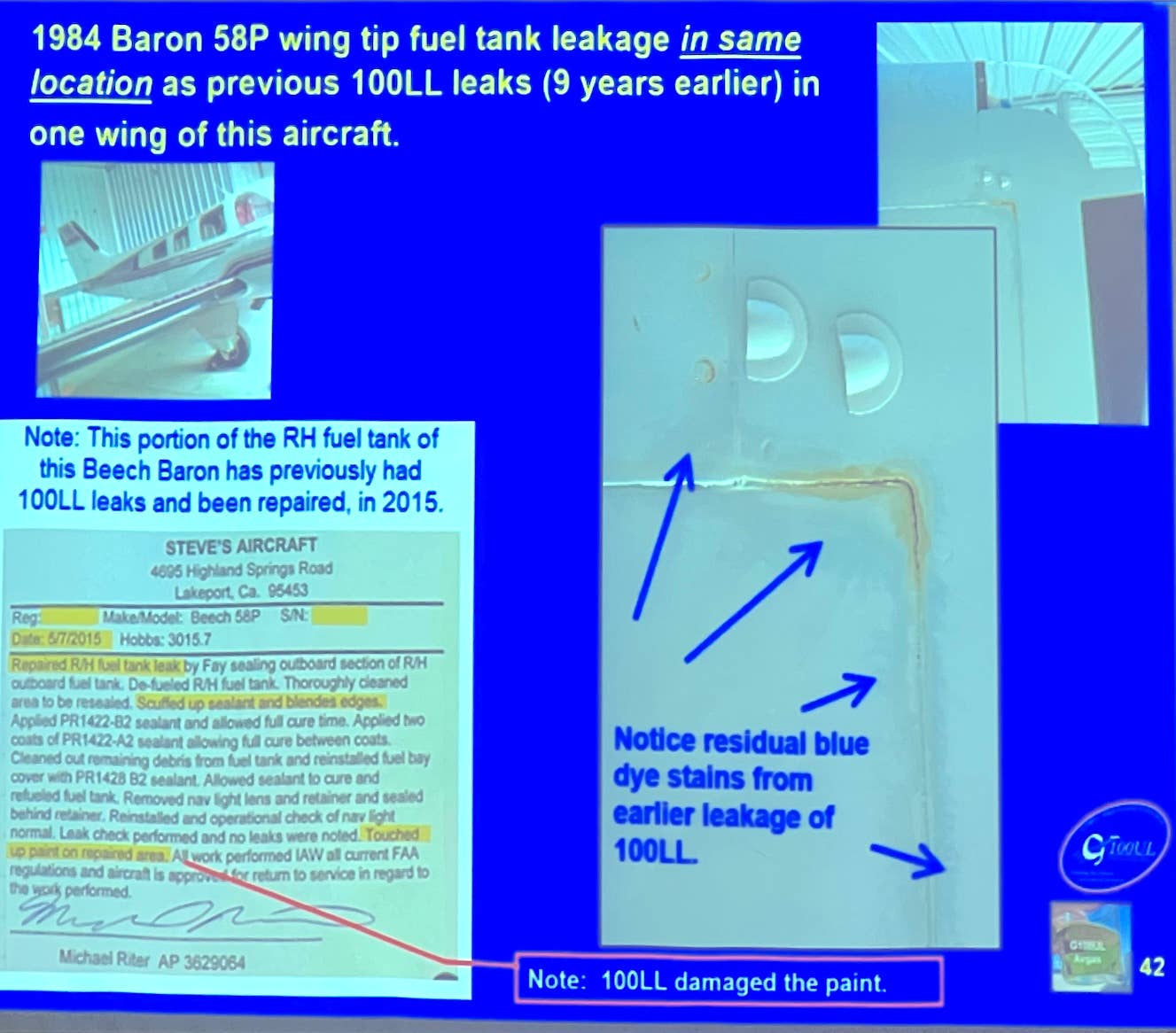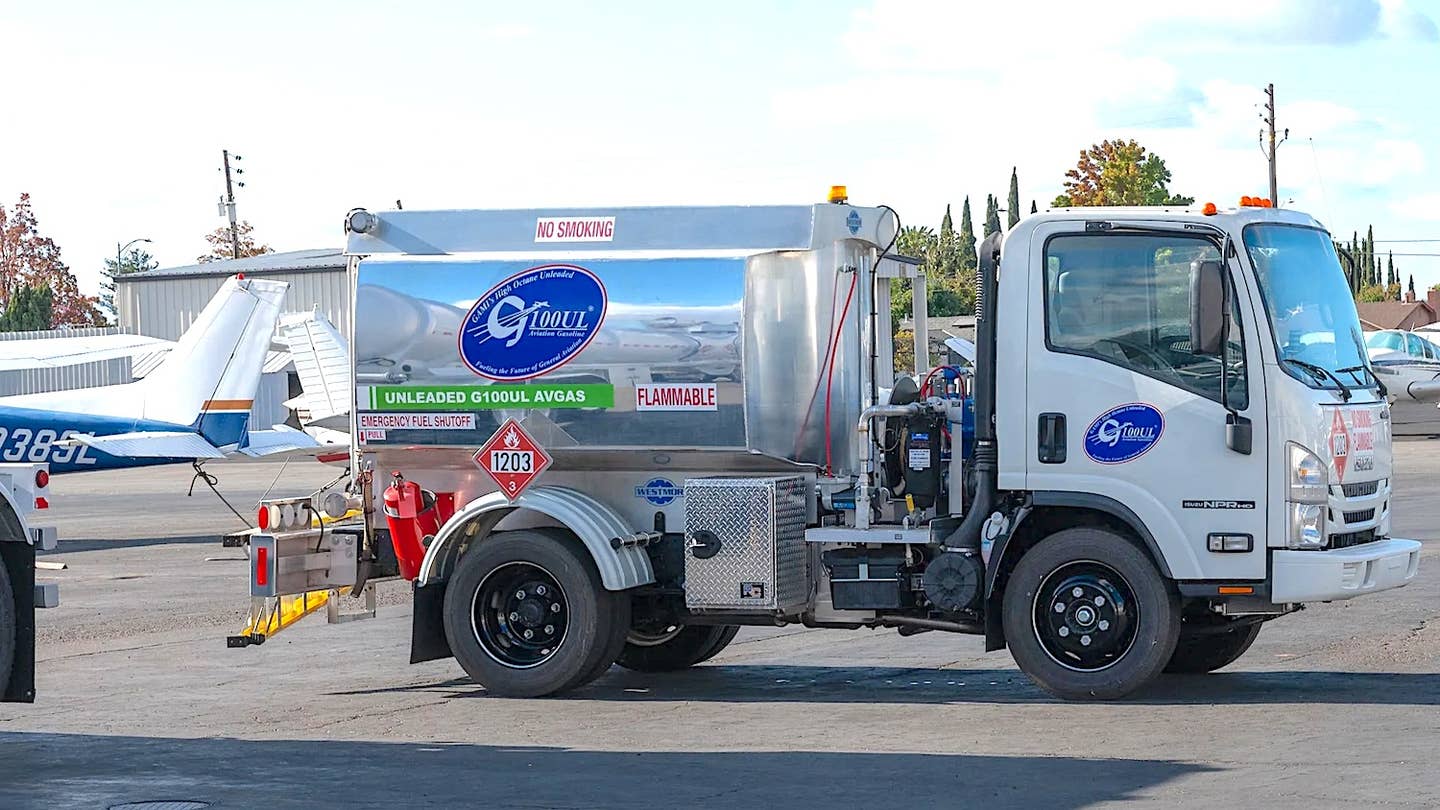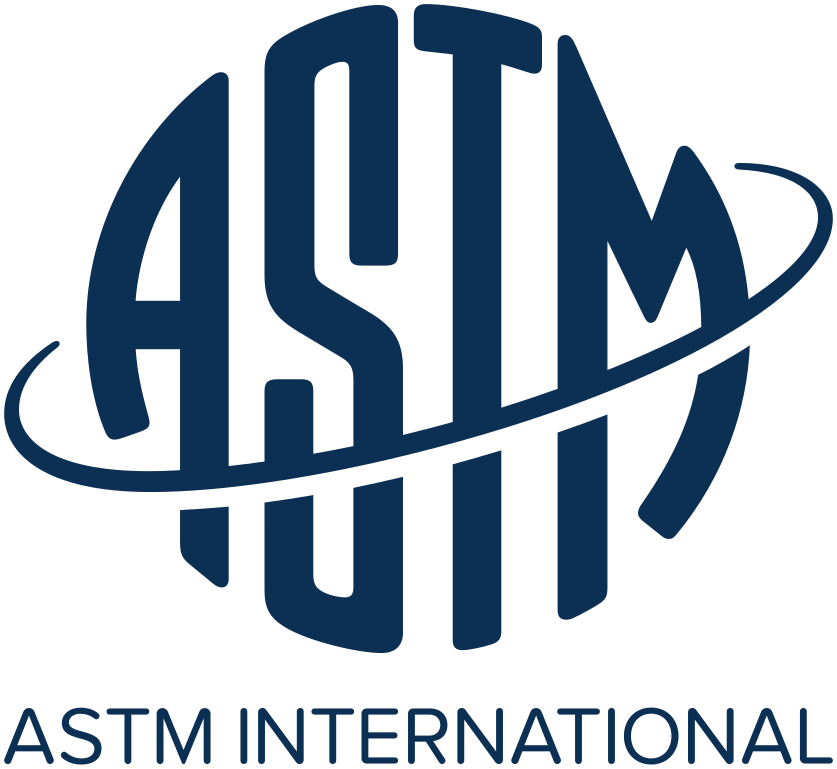The Traveling Tool Kit
It’s a well-known scientific fact. Most light plane mechanical problems occur between Friday night and Sunday afternoon when you’re hundreds of miles from home. The difference between a minor annoyance and a major disruption can hinge on whether you brought along an adequate tool kit. Here are some thoughts about what you should carry with you. As you’ll see, there’s more to it than meets the eye.

 It was late Friday afternoon, the first day of our month-long vacation trip to the East Coast. We were somewhere between Albuquerque NM and Dalhart TX, headed for Tulsa, cruising at FL180 to stay above the ice. My wife was fast asleep in the back of our Cessna Turbo 310, bundled tightly in her security blanket with a cannula up her nose. I occupied the left front seat, and was freezing my tush off because the damn cabin heater had decided to flame out. It had been working fine at 12,000 feet but quit when we climbed to top the icing layer. Now the sun was going down, the OAT gauge indicated -15C, and I couldn't feel my toes anymore.
It was late Friday afternoon, the first day of our month-long vacation trip to the East Coast. We were somewhere between Albuquerque NM and Dalhart TX, headed for Tulsa, cruising at FL180 to stay above the ice. My wife was fast asleep in the back of our Cessna Turbo 310, bundled tightly in her security blanket with a cannula up her nose. I occupied the left front seat, and was freezing my tush off because the damn cabin heater had decided to flame out. It had been working fine at 12,000 feet but quit when we climbed to top the icing layer. Now the sun was going down, the OAT gauge indicated -15C, and I couldn't feel my toes anymore.
We reached Tulsa after dark. My wife informed me in no undertain terms through chattering teeth that she had no intention of getting back into the airplane until the heater was fixed. I could scarcely blame her. At the same time, I wasn't too keen on being stuck in Tulsa for the weekend.
I was confident I knew what the problem was (an air leak between the combustion air blower and the heater) because I'd seen this happen before. I was sure I could fix it easily with a piece of duct tape or strategically placed dab of RTV sealant.
But first I had to gain access to the heater which is buried deep in the nose of the 310. I didn't have the necessary tools. Naturally, all the mechanics had gone home for the weekend. And the hardware stores were closed. Bummer.
Ultimately, I found some really awful Taiwanese tools in the auto department of a Wal-Mart store, and managed to get the heater fixed. I resolved that before I headed off on another long X-C, I would assemble a basic survival tool kit to carry in the airplane.
Ask the expert
I decided to consult with my close friend John Frank, who is the Executive Director of the Cessna Pilots Association. John is a 14,000-hour pilot, a licensed A&P with Inspection Authorization, and probably knows more about buying, owning, and fixing Cessnas than anyone else on earth. I learned most of what I know about aircraft maintenance from John.
Several times a year, John and I travel around the country together teaching technical seminars for the Cessna Pilots Association. Sometimes we travel in my airplane, and sometimes we take John's. John carries a very complete tool kit in the baggage compartment of his Cessna T210, and it has bailed us out hot water on several occasions.
I remember one Sunday when John and I were flying to Wichita in John's T210 from our home base in California. About 90 minutes into the flight as we approached the Colorado River where it divides California from Arizona, there was a loud bang, followed by a big increase in air noise and a 15-knot loss of airspeed. Looking in the under-wing gear mirror, it appeared that the nose gear doors were hanging wide open. We obviously couldn't fly to Wichita in this condition. I figured we'd have to make a 180 and slowly limp back to home base for repairs.
John had a better idea. He canceled IFR, landed at nearby Bullhead City AZ airport, jumped out, grabbed a flashlight, and stuck his head up into the nose wheel well. What he found was that the rod-end had unscrewed itself from the gear door actuator shaft. John opened the baggage door and hauled out his trusty survival tool kit. It was the first time I'd ever seen it. John thoughtfully selected a half-dozen wrenches and pliers and set to work. Within 15 minutes, the gear door linkage was repaired and we were on our way to Wichita once again. I was impressed.
Anyway, it seemed logical for me to pick John's brains before assembling a traveling tool kit of my own.
As it turned out, John had done a lot of thinking about this subject. His own tool kit had been incrementally refined over more than a decade of traveling by light plane. John was in the process of putting together a detailed handout on the subject for CPA members. He had a wealth of good ideas and information to share.
Keep it light and tight
A decent aircraft mechanic's toolbox weighs at least 400 pounds and stands five feet tall. Obviously you can't carry that much stuff around in the airplane. You need to take only what you really might need to get home. Everything you put in your traveling tool kit should be essential, compact, and lightweight.
For example, the big roll-around toolbox I use at home must have 30 different screwdrivers plus a cordless Makita with two battery packs and a quick charger. The traveling tool kit can only afford to have one or two screwdrivers. A ratcheting screwdriver handle with interchangeable tips will handle almost anything. A stubby #2 Phillips driver is useful for working in tight quarters
Likewise, the home toolbox has four entire drawers full of wrenches: sockets, box wrenches, open-end wrenches, offset wrenches, cylinder wrenches, obstacle wrenches, etc. The traveling tool kit must make do with a basic socket and combination wrench set, supplemented with an adjustable wrench and a vice-grip pliers.
Carry hard-to-find stuff
John stressed that the most important tools and supplies to put in your traveling tool kit are the ones that might be hard to find while on-the-road. When you're stuck in the boondocks with a mechanical problem, you can almost always come up with a hammer or a 1/4" nut at a local hardware store, auto parts store, or K-Mart. But coming up with an aircraft spark plug socket, safety-wire pliers, or exhaust gasket on Sunday morning in Sheep Dip, Nebraska, is another story.
Another important point is to buy only good quality tools for your travel tool kit. When you're stuck someplace, you want pliers that don't slip and wrenches that don't break. If you try to save a few bucks by buying a cheap Taiwan special, you'll wind up regretting it later.
Snap-On Tools are generally the best (and most expensive), and they offer some wonderful specialty tools that are hard to find from any other source. Craftsman brand tools are pretty good, can be purchased at any Sears store, and come with a lifetime replacement warranty. Other quality brand names are Mac, Matco, Proto, S-K, and Stanley. U.S. Industrial Tool is a good source for specialty aircraft tools. [See sidebar.]
Once you've assembled your traveling tool kit, put it in the airplane and DON'T RAID IT! If you borrow tools from your aircraft tool kit, they might not find their way back. You'll find yourself stranded one Friday night in Tulsa with a desperate need for your needle-nose pliers, only to find that they're back home in the drawer next to the kitchen sink.
Tool kit shopping list
Now let's get down to the real nitty-gritty and review what tools you might consider for your traveling tool kit. John carries enough tools to accomplish almost any conceivable field repair. I don't carry quite as much as John, but my tool kit keeps growing (they do that, you know) and eventually might catch up with his. In any case, you might want to pare down the following list to conform with your own mechanical aptitude and ambition.
TOOL BOX. Avoid metal boxes. They are heavy, and they can dent or scratch aluminum. John's tool kit is packaged in a nifty plastic Stack-On box with a handle that folds flush into the lid, making it easy to load stuff on top of it. The wing lockers of my 310 won't accommodate a box of that size, so I use two attach-style cases instead. The Sears Craftsman 65082 box is also a good one for airplane use.
SCREWDRIVERS. Get a screwdriver with interchangeable bits that store in the handle. Preferably a ratchet-action driver. I have a strong preference for Snap-On's lovely ratchet driver. Craftsman 41466 (ratchet) or 41467 (non-ratchet) are also fine. I also carry a stubby #2 Phillips screwdriver for working in close quarters (like getting to the cabin heater in the nose of my 310).
PLIERS. Pliers are probably the most versatile tools in any survival tool kit, and you'll want to carry several different types. John's tool kit contains seven: (a) 7" regular pliers, Craftsman 45378; (b) 10" slip joint pliers, Craftsman 45381; (c) 8" needle nose pliers, Craftsman 45085; (d) 10" straight jaw vise-grip, Craftsman 45341; (e) 6" needle nose vise-grip, Craftsman 45349; (f) 6" diagonal cutters ("dikes"), Craftsman 45075; and (g) 9" safety wire pliers, U.S. Industrial Tool TP68 (about $25).
BASIC WRENCHES. Combination wrenches are open-end at one end and box-end on the other. A quality set that runs from 1/4" through 3/4" will do nicely. Craftsman 44731 or equivalent.
ADJUSTABLE WRENCHES. Seems redundant when you have a good set of combinations, but John insists they are useful. (What if you need two 7/16" wrenches: one to hold the bolt head and another to turn the nut? What if you need a metric size?) John carries the Craftsman 44664 set, which includes 6", 8", and 10" adjustables.
SOCKET WRENCHES. Buy a socket set that includes 1/4" and 3/8" drives. Craftsman set 34788 makes a good starting point, to which you should add a Craftsman 43174 1/4" ratchet, a Craftsman 4280 1/4" universal joint, and a Craftsman 4435 3/8" universal joint. John also carries a Craftsman 43532 14-inch-long 1/4"-drive extension, which he says is particularly useful for removing exhaust nuts.
SPARK PLUG SOCKET. Get a genuine aviation spark plug socket, such as a Champion CT-907, about $25 from San-Val or Chief. An ordinary deep 7/8" socket may appear to fit but it can damage the plug. If your spark plug socket takes a 1/2" drive, you'll also need a 3/8"-to-1/2" drive adapter.
CROWS FEET. A 7/8" crows foot wrench (Craftsman 43628) that fits your 3/8" socket drive can come in handy when dealing with hard to reach spark plugs. If your engine uses a spin-on oil filter, a 1" crows foot is also useful.
HEX WRENCHES. Also known as Allen wrenches. Get a set of long-arm wrenches in a pouch, such as Craftsman 46800.
FLASHLIGHT. John and I both carry a MagLight (three D-cell size), but any good D-cell flashlight will do. Make it part of your annual inspection to change the batteries, using date-coded Duracell alkalines. This flashlight is the item that most often walks away from the tool kit, so be strong in your resolve not to raid the kit.
TIRE GAUGE. Go to an auto supply store and get a metal truck tire pressure gauge that reads up to 90 PSI.
VALVE CORE TOOL. This is used to remove the valve core from tire tubes, and can also be used to remove the Schrader valve cores from oleo struts. You can get one at any auto supply or bicycle shop.
AIR PUMP. John carries a lightweight foot-operated bicycle tire pump. I don't, but one flat tire might change my mind. You can get one at any bicycle shop or K-Mart.
JACK. You can get a small scissors or bottle jack at an auto supply store. Usually a jack small enough to be practical to carry in an aircraft will have to be placed on something locally procured (bricks, blocks, etc.) in order to lift the aircraft sufficiently to get a wheel off.
JACK PADS. Your tool kit should include whatever you'd need to jack any wheel off the ground and remove it. Some aircraft have built-in jacking points, others require external jack pads or adapters. Consult your service and parts manuals, and make sure you have what you need.
ELECTRICAL TERMINAL KIT. Radio Shack sells a small plastic box that contains a wire stripper and crimping tool along with an assortment of crimp terminals. If you're a perfectionist, you should ask your avionics shop to replace the automotive-style crimp terminals with ones approved for aircraft use.
MULTIMETER. This is a vital piece of equipment for troubleshooting electrical problems in the field. John carries a tiny credit-card-size Micronta 22-169 digital multimeter, about $25 from Radio Shack. I prefer a larger Fluke-style digital meter with stout test leads and alligator clip adapters (Radio Shack sells those, too). Anything that will read volts, ohms and milliamps will do fine.
SPARK PLUG GAP GAUGE. A wire-type automotive gauge will work. Better, get the Champion CT-450, about $15 from San-Val or Chief.
SPARK PLUG HOLE CHASER. A specialty tool to clean up the threads in cylinder spark plug holes. It can be a lifesaver in the field if a plug starts to cross-thread. About $5 from San-Val or Chief.
PIN PUNCH. An 1/8" diameter punch is essential for removing roll pins and stuck fasteners. Craftsman 42883.
BATTERY HYDROMETER. Don't buy this at the auto supply store. A little-known fact is that aircraft battery electrolyte is different from car battery electrolyte: the aircraft electrolyte has a higher specific gravity. Get a hydrometer for aircraft electrolyte, about $18 from San-Val or Chief.
BRAKE RIVET TOOL. This little specialty tool is required to replace brake pads. John carries one, I don't (my brakes linings don't use rivets). U.S. Industrial Tool TP950, about $20.
HAMMER. If you have room, carry a light plastic-tip hammer such as Craftsman 38292.
INSPECTION MIRROR. Get a telescoping one, about 1" in diameter. About $5 from San- Val or Chief.
MAGNETIC PICK-UP. When you drop a nut or bolt down into a blind spot in the cowling, you need one of these to fish it out. You can buy one at Sears or any auto supply store. The kind with a magnet plus mechanical fingers works well.
MANUALS. The service and parts manuals for your aircraft are probably the most important "tools" you can carry. Even if you never do any work on your aircraft, you should carry them in case the shop doing emergency repairs doesn't have them, or if you need to order a part by phone to be FedExed to wherever you're stuck. Parts manuals have exploded diagrams that are very useful to see how various assemblies of your aircraft are put together. Beech, Cessna, Mooney and Piper all sell manuals for most of the airplanes they have ever built. ESSCO in Akron OH can provide photocopies of manuals for most aircraft even if the manufacturer no longer exists: phone (216) 724-1249, FAX (216) 724-5019.
Parts and supplies
You'll also need some parts and supplies. Dick Collins flies around the country with spare vacuum pumps, spare alternators, and half an airplane's worth of parts in his baggage compartment. That may be overkill. Take what you think you might need to get home. Keep parts and supplies in individual Ziploc freezer bags. That way, the parts don't get mixed up and the consumables can't leak. John stores his parts and consumables in a soft sided bag next to his tool box. I keep mine in a cardboard carton. Consider carrying the following items:
ALTERNATOR BELT. If your aircraft has a belt-driven alternator you definitely want to have a spare on board. You can buy one at San-Val or Chief. If your belt driven alternator is front-mounted requiring prop removal to change the belt (most Lycomings are this way), the next time the prop is off have your mechanic install a spare belt put over the crankshaft flange and tie-wrap it out of the way. Then if the belt breaks in the field, you simply loosen the alternator, cut the tie-wraps, position the spare belt, and re-tighten the alternator.
SPARK PLUGS. Carry two new spark plugs of the proper type for your engine. The most common types are RHB32E and REM40E, about $15 each at San-Val or Chief. (Fine-wire iridium plugs cost about $40 each at discount.) New Champion spark plugs come sealed in plastic, pre-gapped and with a new copper gasket.
EXHAUST GASKETS & NUTS. Carry the same number of spare gaskets as you have cylinders on your engine. Half a dozen exhaust nuts as well. You'll need them if you have to pull down your exhaust for any reason. San-Val and Chief sells them and can give you the right ones if you tell them what model engine you have. Or ask your mechanic to sell you what you need.
BRAKE LININGS. Carry enough brake linings and rivets to re-line one brake assembly, usually two or four pads for singles, six or eight for twins. Buy them at San-Val or Chief, or ask your mechanic.
TIRE TUBES. John says he used to carry a patch kit but found it to be an "iffy" field repair. Now he carries spare tubes for the nose and main tires, and claims it doesn't take much extra space. A good place to buy them is Desser Tire at 1-800-AIR-TIRE. About $25 or $35 each.
DUCT TAPE. Don't leave home without it! It's amazing stuff that can hold airplane pieces in formation until you get home. Also useful for patching leaks, replacing missing inspection plates, and 1001 other things. Get the genuine article, made of gray cloth with clearly visible threads. Don't be fooled by the imitation plastic junk that some stores will try to palm off on you. Available just about everywhere.
SAFETY WIRE. Stainless steel aircraft safety wire comes in three sizes: .020, .032 and .045. The .032 size is by far the most useful. San-Val and Chief sell it for about $9 a spool. Better yet, talk your A& P out of a three-foot length of each size, wrap them around a tongue depressor, and stash it in a Ziploc bag.
TIE-WRAPS. These are those plastic bundle ties with a built-in ratchet fastener, and they are second only to duct tape in usefulness and versatility. Carry a dozen of assorted sizes. Any auto supply store, hardware store, or Radio Shack has them.
RTV. Room temperature vulcanizing silicone rubber sealant. Also known as bathtub caulk. Invaluable for sealing leaks, making home-brew gaskets, and gluing things together. Buy it at any auto parts store. Comes in clear, white, and high-temp (orange) varieties under General Electric, Dow-Corning, and Permatex brand names.
HYDRAULIC FLUID. This is the thick red liquid used in brakes, oleo struts, and hydraulic landing gear retraction systems. Use nothing but genuine mil-spec 5606 fluid; automotive brake fluid is a major no-no. Carry a pint in a plastic bottle protected by a Ziploc freezer bag, because if it leaks you'll have a real mess. San-Val or Chief will sell you a quart can for $9, or get some from your A& P.
SPRAY LUBRICANT. Carry an aerosol can of LPS-1, a greaseless silicone lubricant. Manufactured by Holt Lloyd Corp. of Tucker GA, and available at San-Val, Chief, and some auto supply stores. Good for rod ends, piano hinges, door latches, and other squeaky things. Don't substitute WD-40, it should never be used on aircraft.
CONTACT CLEANER. Pick up a small spray can of "Tuner/Control Cleaner and Lubricant" at Radio Shack. It's great for electrical connectors, switches, relays, lighting rheostats, volume controls, and the frequency-select switches on older avionics.
PLEDGE. Forget those pricey windshield cleaners. Good ol' Pledge is as good a Plexiglas cleaner as you will find. The wax in Pledge fills in minor scratches and helps make them disappear. Lemon Pledge used on inside surface of windows makes the cabin smell nice. Pledge is available in a non-aerosol trigger spray bottle, which is a much better choice for your tool kit.
SIMPLE GREEN. A good biodegradable cleaner and de-greaser. Pick up a small spray bottle at any auto supply store. Incidentally, never use Formula 409 on an aircraft, because it attacks aluminum.
PAPER TOWELS. Choose these carefully. Most kitchen paper towels from the supermarket are abrasive to Plexiglas. Both John and I have become very partial to the soft blue "shop towels on a roll" that we buy at Costco and Price Club eight-roll packs.
A Mini-Tool kit for the Cockpit
In addition to the traveling tool kit that you carry in your baggage compartment, I recommend that you carry a mini-tool kit for dealing with in-flight cockpit emergencies. Carry it in the glove compartment or seat pouch where you can reach it easily while flying the airplane.
The most important cockpit tool is a small vice-grip pliers. If a fuel selector handle or radio knob breaks off in your hand at an inopportune moment, the vice-grips will bail you out quickly. I also carry a small jewelers screwdriver for tightening loose set screws on radio and lighting dimmer knobs.
I've also needed to pull a radio out of the avionics stack in-flight on several occasions to clean a corroded edge connector or re-seat a balky display board. Most of my radios are Bendix/King which require a hex (Allen) wrench to remove, but some radios require a thin straight-blade or #1 Phillips screwdriver. I carry all three tools in my glove compartment.
I also keep a small adjustable wrench, a small slip joint pliers, a folding pocket knife, a mini-MagLight flashlight, and a small pocket mirror.
Where to Buy Tools and Stuff
Craftsman tools and tool catalog can be obtained at any Sears store.
Snap-On Tools has dealers in trucks that call on automotive and aircraft shops. Your aircraft or auto mechanic can probably put you in touch with your local dealer. Or call Snap-On headquarters in Kenosha, Wisconsin, and ask for their hand tool catalog. Phone (414) 656-5200, FAX (414) 656-5577.
U.S. Industrial Tool in Plymouth, Michigan, is a good source for aircraft specialty tools. Phone (800) 521-4800, FAX (313) 455-3256. Check out their ad in Trade-A-Plane.
Discount aircraft parts, supplies and specialty tools may be ordered from San-Val Discount in Van Nuys, California, phone (800) 423-3281, FAX (818) 786-9072. Also from Chief Aircraft Supply in Grants Pass, Oregon, phone (800) 447-3408, FAX (503) 479-4431. Both firms run multi-page ads in Trade-A-Plane.






